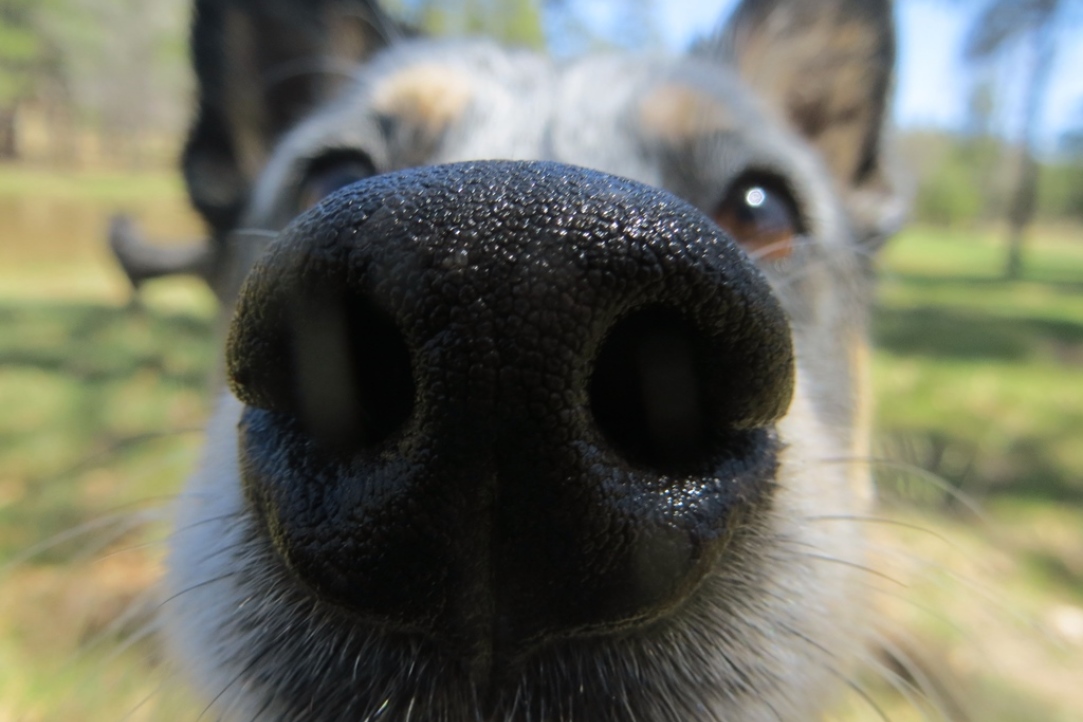HSE Researchers Use Neural Networks for Odour Recognition

Researchers from the HSE Laboratory of Space Research, Technologies, Systems and Processes have applied fast-learning artificial intelligence to odour recognition and patented a handy electronic-nose device capable of recognising the olfactory patterns of a wide range of chemicals. In addition to discriminating between different gas mixtures, the electronic nose will be able to capture and memorise new smells. According to HSE scientists, the product of their research is likely to benefit both security services and members of the public.
Electronic nose devices are gas analysers used for measuring the qualitative and quantitative composition of gas mixtures. The HSE scientists' innovation is that their device is based on solid-state gas-sensitive matrices of semiconductor sensors and uses a fast-learning AI neural network. The proposed technology gives high accuracy in analysing gas mixtures and mimics the olfactory function of living organisms by remembering new smells and easily recognising them afterwards.
"There are lots of gas and odour sensors available, but they are designed to recognise just one specific smell," according to Vladimir Kulagin, professor at MIEM HSE. "For example, methane sensors can detect an increase in this gas and warn underground mine workers of the danger, but if faced with a gas mixture, this sensor will only recognise the methane and ignore the other components. This can pose a problem, since many gases are hazardous when mixed with other gases. MIEM HSE researchers are now working on algorithms, software solutions and techniques for neural network odour recognition. Our main objective at the moment is to increase the range of olfactory patterns the device can recognise by enabling it to promptly learn new smells and commit this information to memory. Essentially, we want to teach the device to discriminate between hazardous and non-hazardous gas mixtures and memorise them fast. For this, it needs to know the characteristics of each gas."
The device may be used for environmental monitoring, detecting terrorist threats to people and facilities, early warning of technogenic disasters, in aircraft or spacecraft on-board instruments, etc.
This is how it will work. If the device captures a smell it cannot recognise promptly, the AI will search its database for the closest similar smell determined by the smallest Hamming distance to any known smell code. Where no such close second exists, i.e. the distances between codes exceed the Hamming distance in all neural networks, the device will identify the smell as being new to it.
In this case, the new olfactory pattern will be uploaded to the database and a new neural network trained for this smell. As a result, both automatic learning of new smells and more accurate recognition will be achieved. Where a new smell matches two different patterns in the database, the one whose code is closer to the reference code by the Hamming distance (based on the number of bit coincidences) is preferred. Another advantage is the possibility of correcting e-nose errors due to ageing of the array of gas sensors.
Potential applications of the device are widespread and include environmental monitoring, detecting terrorist threats to people and facilities, early warning of technogenic disasters, aircraft or spacecraft on-board instruments, technology for monitoring feedstock quality, and odour control for industrial processes.
Vladimir Kulagin

